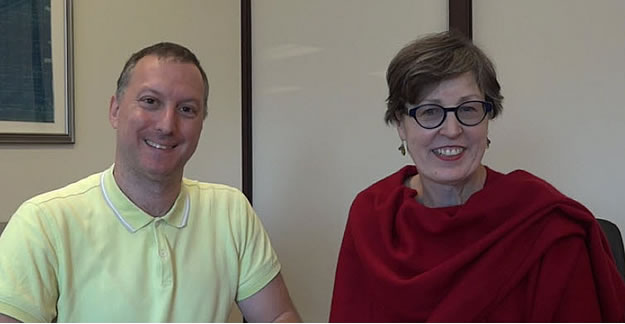The 21st Century Cures Act
Su Robotti: Hi, I’m Su Robotti, and I founded medshadow.org.
Jonathan Block: And I’m Jonathan Block, MedShadow’s content manager.
SR: Today, Jonathan and I are going to talk to you about the 21st Century Cures Act. This Act has a lot of good aspects to it. The 2 primary benefits to it are that it would send millions of dollars to the National Institute of Health for drug development and testing. The other good aspect is that it will lead to faster approval for drugs, so they get to the marketplace and to saving lives more quickly. Presently, it takes a lot of time and money for a drug to get to marketplace. It has 3 levels of clinical trials. It can take years, and millions, and millions of dollars.
Jonathan, are we asking too much of the drug companies with this?
JB: Absolutely not. In the effort to rush new drugs to market, pharmaceutical companies under this legislation will have to skimp on clinical trials. What do I mean by this? It means that the trial durations would be shorter, and the number of people enrolled in the trials would be shorter. My fear is that by doing this you may not be able to find out certain side effects, because you’re using smaller patient population for much less time. And as we’ve seen in the past in this country, even drugs that have gone through extensive testing, you discovered issues with them later on. The most notorious example would be the pain drug, Vioxx, which led to heart problems and was ultimately withdrawn from the market.
SR: The other problem with having shorter clinical trials with fewer people involved in them is that it doesn’t allow enough patients in the trial to discover, to include subgroups — subgroups like women, or elderly, or teens, children, subgroups like pregnant women, or Hispanic, Latino, African-American, or African. And the problem with that is that drugs often synthesize differently in different people.
A great example is Ambien, the sleeping drug. It was tested primarily on men; it tested very well. And when they woke up in the morning, they were refreshed and felt great. But when it went out into the marketplace approved for everybody to use, women used the drug and woke up not refreshed; they woke up groggy. It led to a lot of car accidents, a lot of confusion, a lot of lawsuits until ultimately Ambien’s directions had to be changed and the dosage lowered for women.
If the clinical trials had been set up to include different subgroups of people and identify within those subgroups how it acted differently, we could have avoided many deaths and a lot of lawsuits. So how long does it take for our drugs to get to the market today? Is it too long?
JB: It actually isn’t too long. I have some statistics here that kind of indicate that it’s not as slow to approve many drugs as it has in the past. Sixty percent of the drugs that were approved in 2015 were approved — what’s known as in an expedited review through terms known as fast track priority and accelerated approval. That means that they came to market much faster compared to the normal drug approval process. Also, about half of those drugs that were approved were for drugs to treat rare or orphan diseases. Those are diseases that relatively few people suffer from. So there a lot of new drugs that are coming out on the market. For example, last year, there were 45 of them, and that’s actually a pretty good number for the FDA.
SR: One last thought – post-approval. When the drug is finally approved and goes to marketplace, under any circumstances, we believe that there needs to be a much more rigorous and well-financed post-approval study process. It takes too long for the FDA to find out through population trials that a drug is causing harm or isn’t acting effectively.
JB: I just want to add one thing to that and that becomes even more important when the initial clinical trials if this legislation passes are going to be even shorter and skimpier than they are in the past. That just makes post-marketing trials that much more important and why they need to be funded much better.
SR: So for these many reasons, we’re hoping that the 21st Century Cures Act gets looked at very, very closely. For more information about 21st Century Cures Act and the side effects of the medicines that we all take every day, please go to medshadow.org. Thank you.







